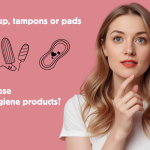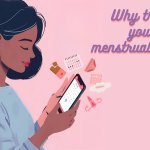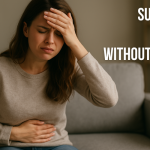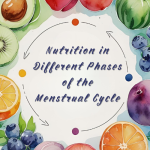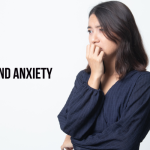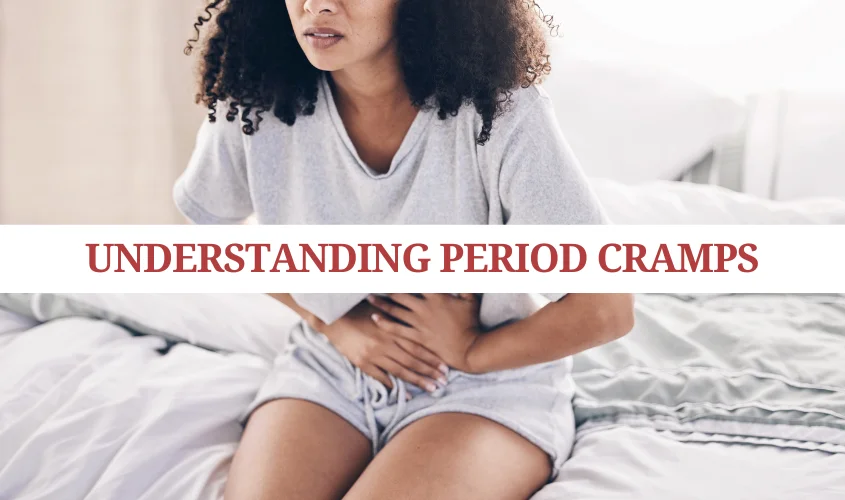
- 10.10.2024
- Period Problems
What causes Period Cramps?
Period cramps & Period cramps relief, also known as dysmenorrhea, are a common experience for many individuals during their menstrual cycle. Statistics indicate that approximately 50-90% of menstruating people experience some form of menstrual pain, highlighting the significance of understanding and managing this condition.
Causes of Period Cramps
Uterine Contractions
During menstruation, the body produces prostaglandins, which are chemicals that prompt the uterus to contract. While these contractions help shed the uterine lining, they can also lead to pain and discomfort.
Endometriosis
Endometriosis is a condition where tissue similar to the uterine lining grows outside the uterus, causing severe pain, particularly during menstruation. Many individuals with endometriosis report significantly intensified cramps.
Fibroids
Uterine fibroids are noncancerous growths that can develop in or on the uterus. They can lead to heavier periods and increased cramping due to their size and location.
Pelvic Inflammatory Disease (PID)
PID is an infection of the reproductive organs that can result from sexually transmitted infections (STIs). It can cause significant pelvic pain and menstrual cramps.
Symptoms of Period Cramps
Period cramps can manifest in various ways, including:
- Dull Aching Pain: Many individuals experience a constant dull ache in the lower abdomen.
- Sharp Pains: Some may have sudden, sharp pains that can be quite debilitating.
- Associated Symptoms: Cramps can be accompanied by nausea, fatigue, headaches, or diarrhea.
Period cramps relief strategies
Over-the-Counter Medications
Non-steroidal anti-inflammatory drugs (NSAIDs) like ibuprofen are effective in reducing menstrual pain. These medications work by lowering prostaglandin levels, thereby decreasing the intensity of cramps.
Heat Therapy
Applying heat to the lower abdomen can help relax the muscles and alleviate cramps. A hot water bottle or heating pad can provide soothing relief.
Exercise
Engaging in light physical activity, such as walking or yoga, can help improve blood circulation and release endorphins, which are natural pain relievers.
Dietary Changes
Incorporating anti-inflammatory foods, such as omega-3 fatty acids found in fish, and increasing your intake of fruits and vegetables can help reduce menstrual pain.
Herbal Remedies
Herbs like ginger and chamomile have been traditionally used to alleviate menstrual cramps. Drinking ginger tea or chamomile tea may provide relief for some individuals.
When to Seek Medical Help
It is essential to seek medical attention if you experience:
- Severe Pain: Pain that interferes with daily activities or is not alleviated by over-the-counter medications.
- Changes in Menstrual Patterns: Any sudden changes in the regularity or intensity of cramps may warrant a consultation.
- Associated Symptoms: Symptoms such as fever, vomiting, or unusual bleeding should be evaluated by a healthcare provider.
Conclusion
Understanding period cramps is crucial for effective management and relief. By recognizing the causes, symptoms, and relief strategies, individuals can take proactive steps to alleviate discomfort. Remember to track your symptoms and consult a healthcare provider if you have concerns about your menstrual pain.
For more information on menstrual health, check out our article on Heavy Menstrual Bleeding: What You Need to Know.
Download the Selin App
Track your menstrual cycle with the Selin app. Download it now: Period Calendar for iOS or Period Calendar for Android



